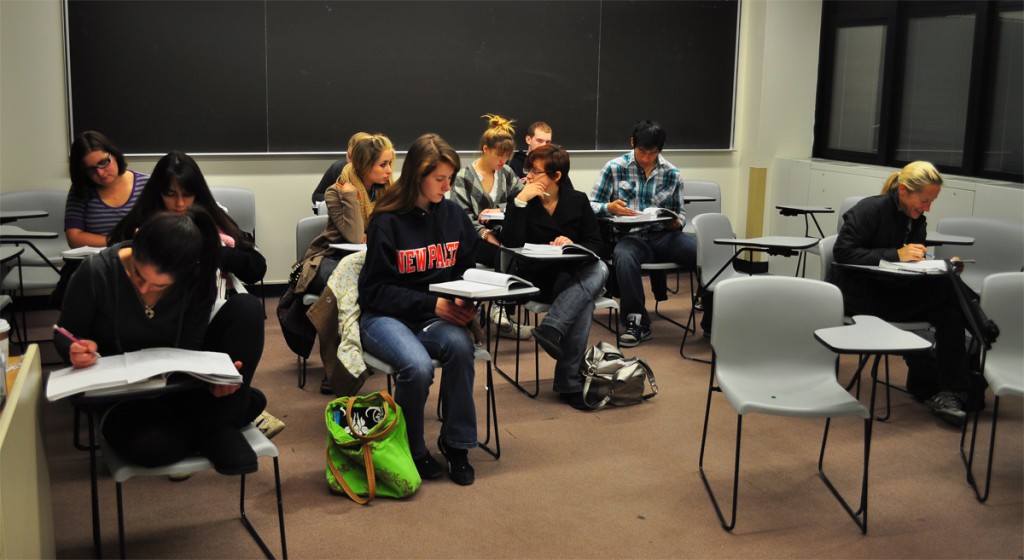

With the recent announcement from the governor’s office that the SUNY system will receive additional funding reductions in the state’s current-year spending plan, New Paltz administrators have learned the college will receive additional cuts amounting to a $3.2 million deficit for the year.
At the end of this year’s legislative session, Gov. David Paterson was given the authority to implement an additional $250 million budget reduction by cutting state agency spending. Paterson’s office and the Division of the Budget decided they must allocate a portion of the SUNY and CUNY systems. The overall cut to SUNY was nearly $23 million.
In his October report to the faculty, Interim President Donald Christian announced that SUNY New Paltz’s share of the cut was determined to be $623,500. This will be added to the required budget reduction of $2.6 million announced earlier in the year.
The $3.2 million shortfall indicates a gap between SUNY New Paltz’s revenue for the current year and what the college is required to pay to deliver its services.
Christian said administrators were anticipating an additional mid-year cut and therefore weren’t surprised to receive the news from state government officials. The interim president said in some respects it was better that the announcement was made now rather than January or February because it gives the campus community more time to strategize ways reduce the school’s economy.
“It just means we need to go further in identifying the reductions we have to make,” Christian said. “It is not pleasant, but doesn’t change the process that we are using.”
As the planning process continues at different levels, the president said it will be “very difficult” to realize the deficit without eliminating programs or positions, which leaves some students fearing for the future.
According to Christian, a high percentage of the core instructional budget is related to academic staffing. However, students like third-year history major Joey Cooke, fear the trimming of staff and faculty could affect course offerings.
Cooke said the classes offered to those enrolled in his major are often filled by students taking them for their general education requirements, so he worries that lack of interest will lead to fewer offerings in the face of potential budget cuts.
“How could you possibly go to a school if you don’t know if the courses you want to take are going to be cut out?” he said. “For lack of a better word, it is ridiculous.”
However, Christian said the school is in a difficult situation.
“Those are just the numbers and the way they are, and we can’t get around that,” he said.
While administrators said that no particular academic programs have been targeted for elimination or consolidation at SUNY New Paltz just yet, the college’s counterparts within the state system have already begun cutting down offerings to deal with their deficit.
The Albany Times Union recently reported that SUNY Albany will be phasing out several undergraduate foreign language programs, among others.
Chief of Staff Shelly Wright said that in the past, graduate programs in foreign languages were suspended. However, Wright said this was with the understanding that faculty would come back with revisions to those programs to make them attract higher enrollment rates.
While no decisions have been made at this time, Christian said the field of foreign languages would allow for an opportunity to collaborate with other institutions in the area. He said SUNY New Paltz could look to collaborate with other universities and community colleges to provide minimal cost to each institution.
Academic programs will be evaluated according to certain criteria. This includes enrollment trends, costs per student credit hour, market demand and other information.
Information about the planning process and the budget will be updated on budget.newpaltz.edu throughout the academic year.
